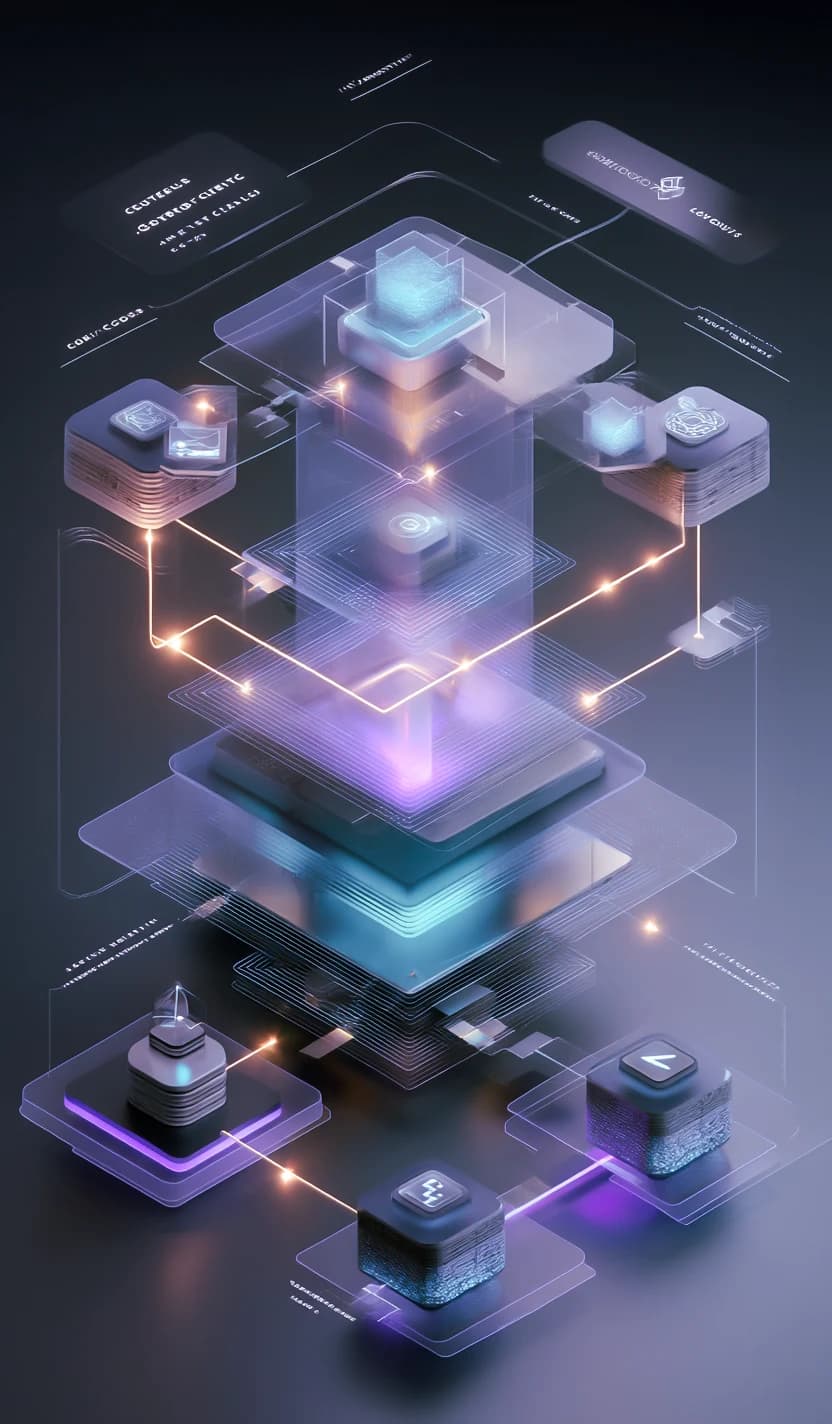What Tokenization Really Means
Tokenization is not just about turning assets into digital entries. It is a structural shift in how ownership, value, and access are recorded and transferred. At its core, tokenization converts legal or economic claims on real-world assets into programmable, traceable units on a blockchain.
These tokens can represent anything with economic value—real estate shares, credit instruments, precious metals, even IP royalties. But unlike traditional paper-based systems, tokenized assets are embedded with logic that defines how they behave, who can hold them, and how income flows are distributed.
The result is a framework that removes geographic and bureaucratic friction. Ownership no longer depends on country-specific paperwork or settlement delays. It is executed through transparent smart contracts, verified in real time, and accessible globally with minimal overhead.
This post is part of our RWA Tokenization Series. Explore the next part → What Assets Can Be Tokenized?

The Blockchain Backbone
Tokenization is only possible because of blockchain. It provides the infrastructure to automate ownership, enforce rights, and manage revenue without manual oversight. Smart contracts replace administrative overhead, enabling asset shares to be issued, transferred, and settled programmatically.
Platforms like Ethereum, Tezos, and Corda offer different trade-offs in speed, cost, and compliance integration. In regulated environments such as Dubai, tokenized assets are mapped to enforceable legal structures. That means blockchain is not just a database. It is a compliance-aware operating layer for real-world finance.
What Blockchain Enables
- Tamper-proof ownership: every asset token is recorded immutably and verified across nodes
- Automated execution: smart contracts distribute income, enforce rules, and process transfers instantly
- Borderless access: assets can be bought, held, or sold from any jurisdiction with no gatekeepers
- Real-time auditability: all transactions are time-stamped and verifiable by regulators and investors alike
A token is not just proof of ownership. It is a programmable financial unit that moves real-world value on-chain.
Popular Protocols for RWA
- Ethereum: Dominant RWA platform using ERC-20 and ERC-3643 for permissioned assets
- Tezos: Supports native on-chain governance and secure protocol upgrades
- Corda: Optimized for asset-backed compliance in real estate and intellectual property
- Hyperledger Besu: Enterprise-grade for permissioned token networks in regulated markets
The Access Gap Tokenization Solves
Most investors are locked out of high-quality asset classes not because of performance, but because of infrastructure. Traditional systems favor large capital, legal access, and institutional relationships. Tokenization rewires that equation by lowering the thresholds and automating the barriers.
Traditional Asset Ownership
- High entry barriers requiring tens of thousands in upfront capital
- Paper-based processes involving lawyers, brokers, and intermediaries
- Ownership transfers take days or weeks depending on jurisdiction
- Access restricted by geography, regulation, or financial gatekeepers
Tokenized Asset Access
- Fractional investment enabled from as little as $100
- Digital onboarding with automated compliance and KYC checks
- Real-time ownership transfer powered by smart contracts
- Global access with wallet-based control and no middlemen
2025: Why This Year Changes Everything
Tokenization is not a new concept, but 2025 is the year it moves from proof-of-concept to production at scale. Regulatory clarity is no longer theoretical, Dubai’s VARA has issued full operating frameworks, the EU’s MiCA regulation is now enforceable across all 27 member states, and jurisdictions like Singapore and Switzerland have formalized tokenized fund structures.
Institutional validation has arrived. JPMorgan’s Onyx Digital Assets platform has settled billions in tokenized collateral. BlackRock launched BUIDL, a tokenized Treasury fund operating on public blockchain infrastructure. Franklin Templeton, Goldman Sachs, and Fidelity are running pilots or allocating capital to tokenized products.
These aren’t experiments. They are live deployments, backed by legal structures, custodianship models, and audited financial flows. The infrastructure exists. The compliance stack is operational. Retail and institutional capital can now move into tokenized vehicles with legal certainty and programmable efficiency.
Global Access, Not Just Hype
Tokenization isn’t a speculative trend. It’s a structural upgrade to how global capital moves. Through smart contracts and jurisdiction-aware platforms, investors in Nairobi, Jakarta, São Paulo, or Berlin can co-own assets located anywhere—rental property in Dubai, invoice pools in Singapore, or farmland infrastructure in Argentina.
What makes this credible is the integration of legal enforcement with automated execution. Ownership isn’t just symbolic. It’s tied to audited rights, income flows, and exit mechanisms that comply with local regulations. Global access no longer means lower standards. It means shared infrastructure, shared protection, and shared opportunity.
Explore which physical and financial assets are ready for blockchain conversion and how tokenization applies to each.

New Opportunities for Investors
- Start participating with as little as $100 per tokenized position
- Buy, hold, or exit without legal paperwork or delays
- Access yield from real-world assets like real estate or credit
- Diversify across sectors and regions with fractional exposure
Why Institutions Enter the Space
- Tokenized assets increase capital velocity and liquidity options
- On-chain records simplify audits and reduce compliance overhead
- Investor onboarding becomes faster and more scalable through automation
- Regulated frameworks like VARA lower risk for large capital deployment
Key Takeaways
- Tokenization transforms real-world assets into digital units that can be owned, traded, and tracked globally
- It lowers capital requirements, improves liquidity, and removes manual paperwork from investment processes
- Blockchain provides the infrastructure to automate ownership, income distribution, and regulatory enforcement in real time
- New legal frameworks in 2025 are turning tokenization into a compliant and investable asset model
- RWA tokens open the door to diversified portfolios with real-world income and lower entry barriers
Join the Ownership Revolution
ViRWA Academy bridges insight and execution. Explore the full series to see how tokenization is redefining global asset access and investor participation.
Recommended Articles
💡 Related FAQs



